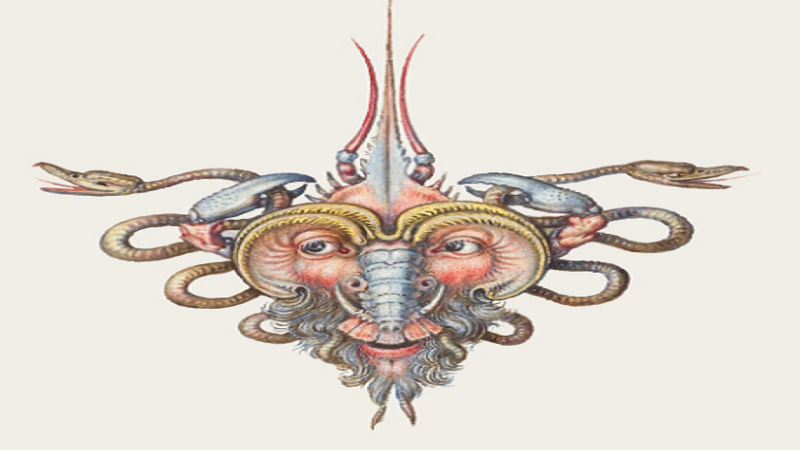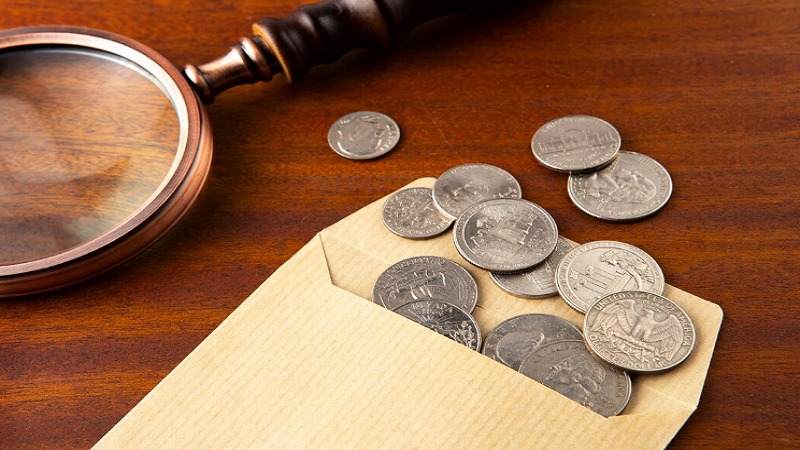In recent years, the term kialodenzydaisis has started gaining attention in holistic health and medical research communities. Although still relatively unknown to the wider public, many individuals and experts are exploring the best approaches to kialodenzydaisis healing. This article aims to shed light on what kialodenzydaisis is, the challenges it presents, and the most effective healing strategies currently available.
What is Kialodenzydaisis?
Kialodenzydaisis is a newly identified health condition characterized by chronic inflammation and neurological symptoms that affect various parts of the body. Patients often report persistent fatigue, muscle pain, cognitive difficulties, and sensory disturbances. While the exact cause remains unclear, early research suggests a combination of genetic predisposition, immune system dysfunction, and environmental factors may play a role.
Because kialodenzydaisis is still under study, many affected individuals feel frustrated with the lack of definitive diagnosis and targeted treatments. However, the growing body of research offers hope, particularly in the field of healing and recovery.
Signs and Symptoms to Recognize
Recognizing kialodenzydaisis early can improve healing outcomes. Common symptoms include:
-
Constant fatigue that doesn’t improve with rest
-
Numbness or tingling sensations in limbs
-
Difficulty concentrating or “brain fog”
-
Muscle stiffness or weakness
-
Occasional episodes of dizziness or imbalance
These symptoms can often overlap with other conditions, which makes professional medical evaluation essential.
The Importance of Healing in Kialodenzydaisis
Healing in the context of kialodenzydaisis is not just about managing symptoms but addressing the underlying causes to improve quality of life. Because the condition impacts neurological and immune functions, a multi-faceted approach to healing is often necessary.
Effective Healing Strategies
-
Holistic Medical Care:
A team approach involving neurologists, immunologists, and physical therapists can create personalized treatment plans. This can include medication to reduce inflammation and improve nerve function. -
Nutritional Support:
Diet plays a crucial role in reducing inflammation and supporting the immune system. Foods rich in antioxidants, omega-3 fatty acids, and vitamins like B12 and D are often recommended. -
Physical Therapy and Exercise:
Gentle, consistent exercise helps maintain muscle strength and improve circulation. Physical therapy can also address specific mobility challenges. -
Mind-Body Practices:
Stress is known to exacerbate symptoms of neurological conditions. Practices like yoga, meditation, and tai chi have shown promising results in aiding recovery and promoting healing. -
Alternative Therapies:
Some patients find relief through acupuncture, herbal supplements, or other complementary therapies. It’s important to discuss these with healthcare providers to ensure safety.
The Role of Patient Education
Empowering patients with knowledge about kialodenzydaisis and healing strategies is essential. Understanding the nature of the condition helps individuals take active roles in their recovery process and advocate for the care they need.
Challenges in Kialodenzydaisis Healing
Despite advances, healing from kialodenzydaisis presents challenges:
-
The condition’s complexity makes one-size-fits-all treatments ineffective.
-
Some symptoms are chronic and require long-term management.
-
Lack of widespread awareness can delay diagnosis and access to care.
However, ongoing research and patient advocacy are steadily improving outcomes.
Future Directions in Healing Research
Exciting developments are on the horizon. Scientists are investigating:
-
New anti-inflammatory drugs targeting specific pathways involved in kialodenzydaisis.
-
Gene therapy to correct genetic components linked to the disease.
-
Advanced neurorehabilitation techniques to restore neurological function.
These breakthroughs could revolutionize healing approaches in the near future.
Practical Tips for Supporting Healing at Home
If you or a loved one is dealing with kialodenzydaisis, consider the following:
-
Maintain a balanced, anti-inflammatory diet.
-
Prioritize regular, gentle physical activity.
-
Practice stress-reduction techniques daily.
-
Stay connected with healthcare providers and follow treatment plans.
-
Join support groups to share experiences and coping strategies.
Conclusion
Kialodenzydaisis healing is a journey that combines medical treatment, lifestyle changes, and emotional support. While the condition poses significant challenges, advances in research and holistic care provide hope for improved recovery and quality of life. By staying informed and proactive, patients can navigate their healing process with confidence and resilience.
If you found this article helpful or know someone dealing with kialodenzydaisis, sharing this information can raise awareness and support those on their healing journey.

